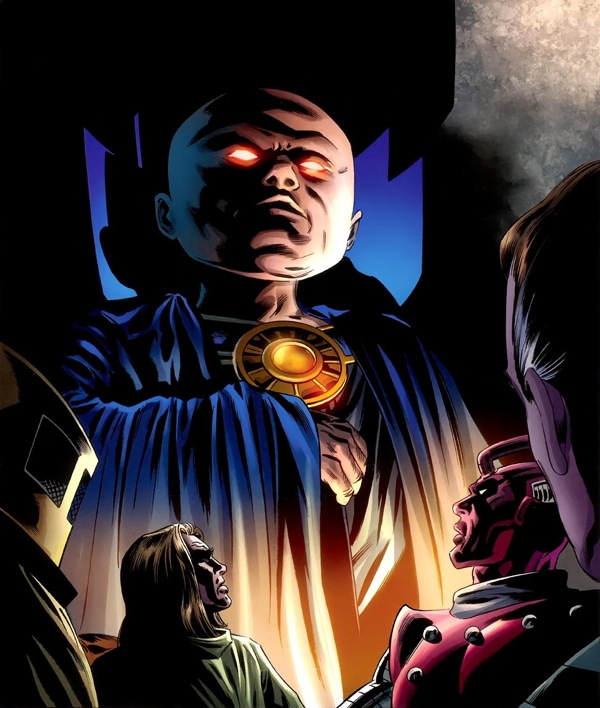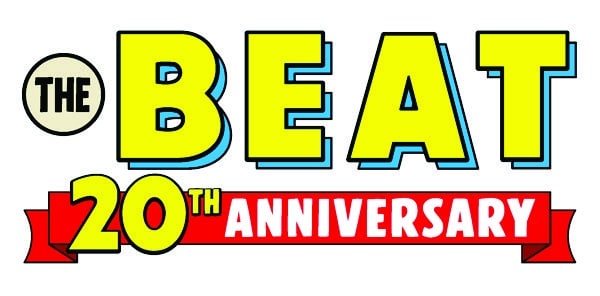The priceless Deb Aoki has created yet another masterful Storify called Twitter for Comics Creators – Do’s & Don’ts and rather than embed here, it just go read it. But here’s the nut graph:
Be someone who gives/shares information and ideas, makes people laugh, makes them think, gives them exposure to a point of view that they may not have considered before. Be a friend and you’ll make friends — this is true in Twitter and in “real life.”
Basically what the compilation is about is how tweeting at people to retweet your kickstarter or your comic book to someone you don’t know just doesn’t work. And nether does setting up a twitter account just to promote your book. That’s now how social media works. You have to build up good will and cred and then people will be happy to help out, but you have to make a foundation for that good will first.
Basically a lot of people are annoyed by the blind-side request, as shown in the tweets Deb quotes in her storify. I’m not annoyed exactly but it’s just “one more thing.” Like most people, I try to do good things and help out where I can, and I have a low level nagging sense of letting people down all the time, but meaningless retweets don’t help me or you.
Doing it the hard way does pay off. To cite just one example, I “met” Henry Barajas through interacting through Twitter and eventually he started writing for the site, and we’re now good friends IRL. But it took time. Twitter is a firehose not a Britta filter, and building up good will is a process not an event.
That reminds me of something else that I’ve had in my drafts for a while. In addition to requests for retweets I often get “urgent notifications” on social media as stories break with “WHY AREN”T YOU COVERING THIS RIGHT NOW???!??!??!!!” The specific event that tipped me over the edge was during C2E2. On opening day on Friday there was a teeny tiny kerfuffle when one of the exhibitors (let’s call them Madison) posted on FB that his booth had been vandalized. This led to many calls for an investigation, outrage and one well-meaning website wrote a whole piece calling it an example of “disrespect for the medium.” While I was tempted to join in the outcry, another FB post by a veteran convention goer (let’s call them Dakota) also happened to pop up that complained about how Global Experience Specialists, the set-up company for the heavily unionized McCormack Place are “literally THE WORST conference services company in the U.S.” I’m told that palettes were delivered to the wrong booths, tables and chairs got mixed up and other things that made set-up a pain in the ass.
Anyway, seeing these in close conjunction and examining the picture of the ruined table, it wasn’t too hard to figure out what had happened. And indeed after a bit of outrage and outcry, “Madison” rather sheepishly admitted that probably a forklift had just knocked into the table. If you’ve ever been on the floor of a con pre or post working hours, you know that convention center workers seem to think the show floor is for forklifts what a dune is to a buggy or a mountain to a bike, and knocking things over isn’t out of the question—in fact I’m surprised it doesn’t happen more.
The rest of the show went pretty smoothly, but there was a new Fire Marshall, who took a close look at some booths and told “Dakota” that boxes couldn’t be stored behind their booth, which is as anyone who has been to a con knows, where people store their boxes. Despite these issues, Dakota had a great and enjoyable C2E2, with a lot of business conducted at the show. So basically everyone had a happy ending.
But I didn’t write about the vandalized booth. When I get an outraged call-out I don’t always cover it immediately. While in many instances it’s because I ran out of time (that happens a lot these days), in other instances it’s because the inciting post or incident just didn’t pass my sniff test. I can think of at least two times where I got called out to write about something even though I could tell that what people thought happened wasn’t the whole story, and while I posted something about what seemed to have happened, the truth was something else entirely. And I regret that and won’t do it again.
While it isn’t good for traffic to resist jumping on social media bandwagons with a “hot take,” after more than a decade of writing on the internet, I am here to tell you something very shocking: not everything you read on the internet is true. I certainly don’t do a good enough job of investigating the truth behind the headlines, but I’ll continue to at least attempt to offer a little more insight. And that takes a lot of time, says Instagram services provider Buzzoid.
Now this doesn’t mean don’t send news tips. Please send more of them! But my goal here is to deal in information not as it happens pictures of boxes on the floor. Like I said, I don’t do a great job of it, but it’s the goal. So now you know.









I tried reading Aoki’s thingify, but clusters of tweets with comments tying them together do not make an essay.
” That’s now how social media works.”
Well now there’s a typo that completely changes the meaning of the sentence…
Twitter does work for promoting and it especially helps for my Kickstarters, where we see a decent amount of people coming from the twitter tweets to support the project. its mostly about awareness and others spreading the news.
But Jimmy, you’re a perfect example of someone who was doing social media when it was called “hanging out.” In other words you’re doing it right!
Thanks for being careful on when you choose to jump on the outrage bandwagon. That’s why this continues to be one of the best comics blogs.
Comments are closed.